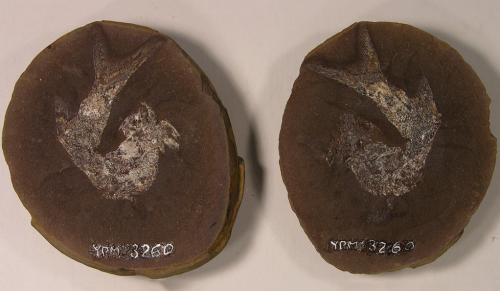
Yale researchers Christopher Whalen and Derek Briggs conducted a comprehensive survey of marine life during the Paleozoic Era and came away with a new explanation for the proliferation of swimming animals known as nekton.
Nekton refers to marine animals with the ability to swim actively, regardless of water currents. Previous studies indicated that nekton — an important part of the global biosphere during the Paleozoic, a period from 541 to 252 million years ago — developed rapidly during an interval of about 60 million years. It was called a “Devonian Nekton Revolution.”
The new study, published July 18 in Proceedings of the Royal Society B, tells a different story. “Our results suggest nektonization was far more gradual, occurring throughout the entire Paleozoic,” said Whalen, a doctoral student in Yale’s Department of Geology & Geophysics.
Briggs is Yale’s G. Evelyn Hutchinson Professor of Geology and Geophysics and curator at the Yale Peabody Museum of Natural History.